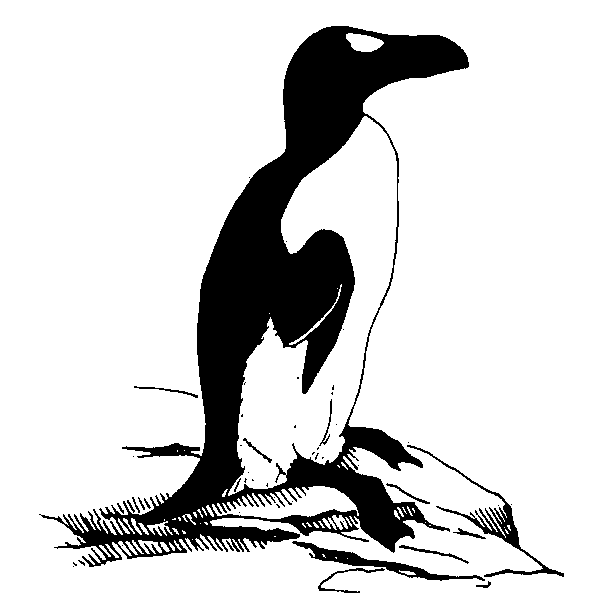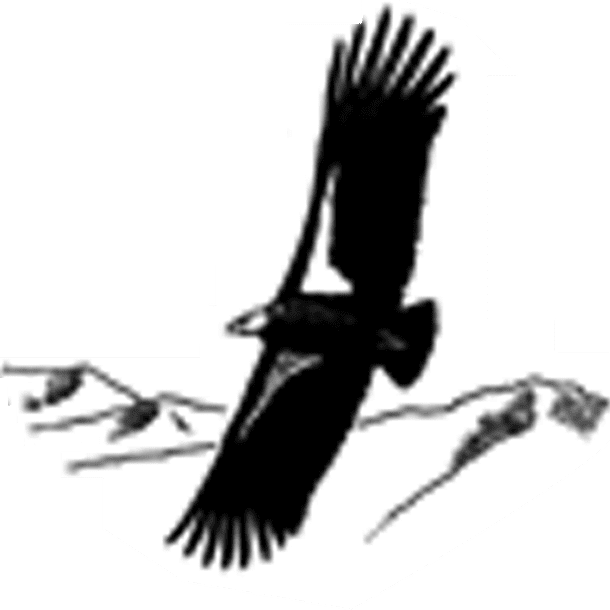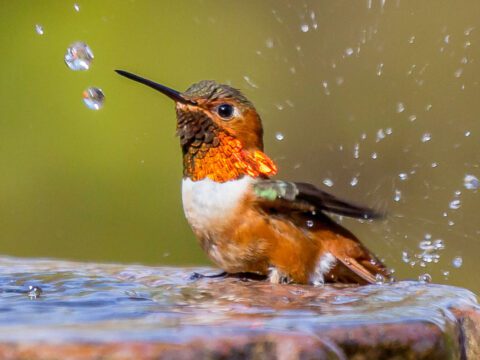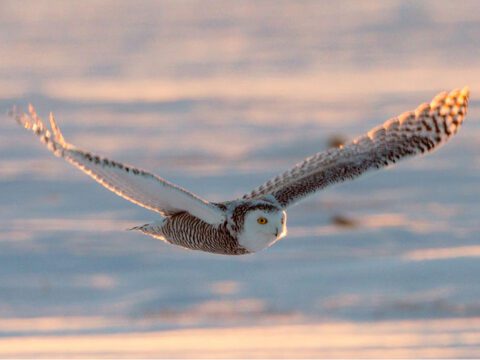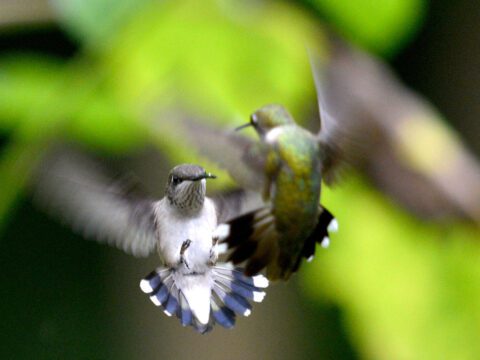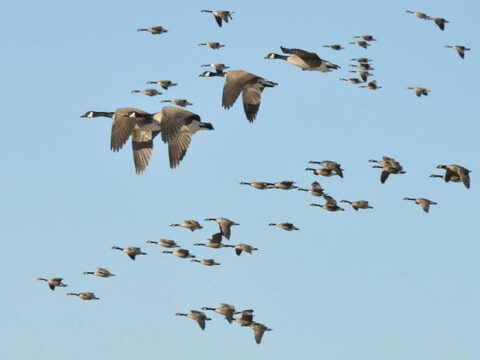Under-Studied Boreal Habitat Key for North America’s Ducks
April 2, 2017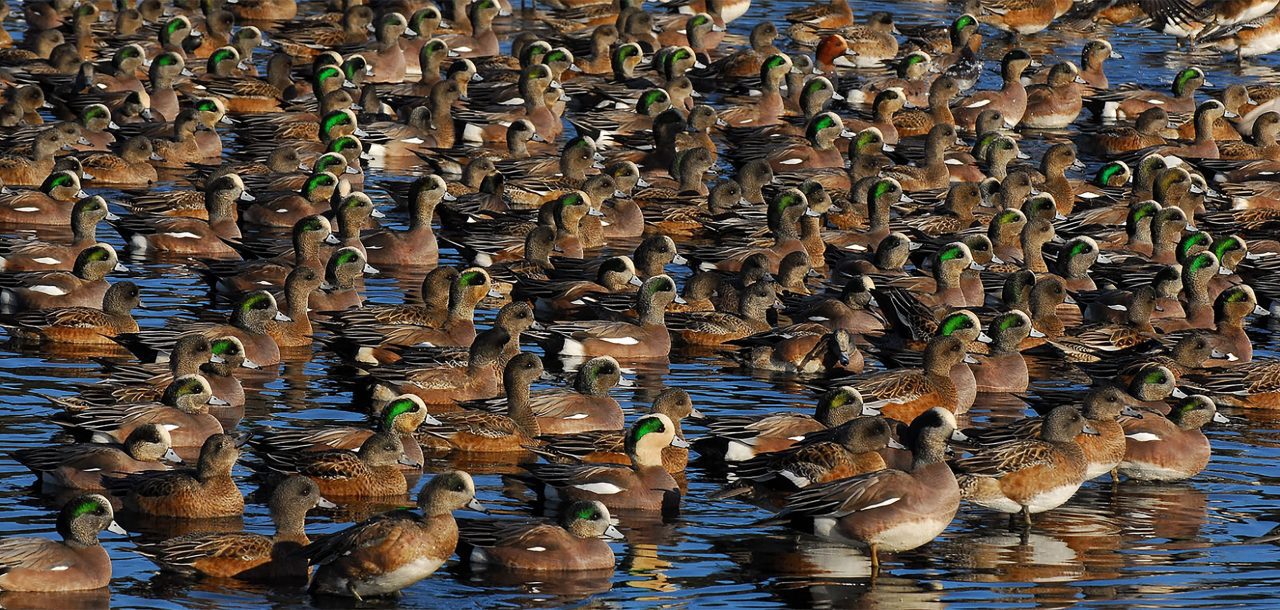
Editor’s note: The following research summary describes a new article in The Condor: Ornithological Applications, a journal of The American Ornithologists’ Union, and was provided by the Central Ornithology Publication Office.
Knowing where migrating birds came from and where they’re headed is essential for their conservation and management. For ducks, most of this information comes from long-term bird-banding programs, but this type of research has limits—despite all the birds harvested by hunters, only a small percentage of banded birds are ever recovered. A new study from The Condor: Ornithological Applications takes on the challenge of gaining information from unbanded birds by using stable isotope ratios, which reflect where birds were living while growing their feathers. These results reveal that the northern reaches of Canada may have underappreciated importance for North America’s waterfowl.
Canada’s Saskatchewan River Delta is North America’s largest inland delta and is a key stopover site for migrating ducks. To learn more about the origins of ducks using delta habitat, Christian Asante of the University of Saskatchewan, Keith Hobson of the University of Western Ontario, and their colleagues analyzed the isotopes in feather samples from 236 ducks from five species, all harvested by hunters in the region during migration in 2013 and 2014. Hydrogen and sulfur isotope ratios give scientists different information—hydrogen isotope ratios vary predictably with latitude, while sulfur isotope ratios reflect the type of food a bird eats and underlying geology—but together they indicated that as many as half the ducks using the delta during migration originated in the vast and nearly inaccessible areas of boreal forest and wetlands to the north.
The research required close collaboration with the area’s hunters. “Working on this project was a great experience,” says local community member Michela Carriere, who was hired to do the field work for the study. “I spent a few weeks collecting samples from the ducks and getting to know the hunters and the guides. Twice a day a load of ducks would come in and I would collect samples and label and package them, plucking feathers and extracting tissues. The hardest part was the labeling, which has to be done meticulously. I would spend hours each day collecting and organizing the samples.”
The results show that the boreal habitat’s contribution to North America’s waterfowl populations, though poorly documented, may be crucial. This region faces increasing threats from climate change and other factors, and isotopic monitoring offers a new means of tracking the effects on birds. “Our study is important for two reasons,” says Hobson. “First, it demonstrates clearly that the delta is a major fall refueling station for birds breeding in the north. Second, it shows once again how origins and regions of productivity can be determined using the simple isotope approach with feathers from hunter-killed birds. This major potential tool in waterfowl management has been largely overlooked in North America for too long.”
About the journal: The Condor: Ornithological Applications is a peer-reviewed, international journal of ornithology. It began in 1899 as the journal of the Cooper Ornithological Club, a group of ornithologists in California that became the Cooper Ornithological Society, which merged with the American Ornithologists’ Union in 2016 to become the American Ornithological Society.
Reference
Christian K. Asante, Timothy D. Jardine, Steven L. Van Wilgenburg, and Keith A. Hobson. 2017. racing origins of waterfowl using the Saskatchewan River Delta: Incorporating stable isotope approaches in continent-wide waterfowl management and conservation. The Condor: 119(2): 261-274.

All About Birds
is a free resource
Available for everyone,
funded by donors like you
American Kestrel by Blair Dudeck / Macaulay Library
